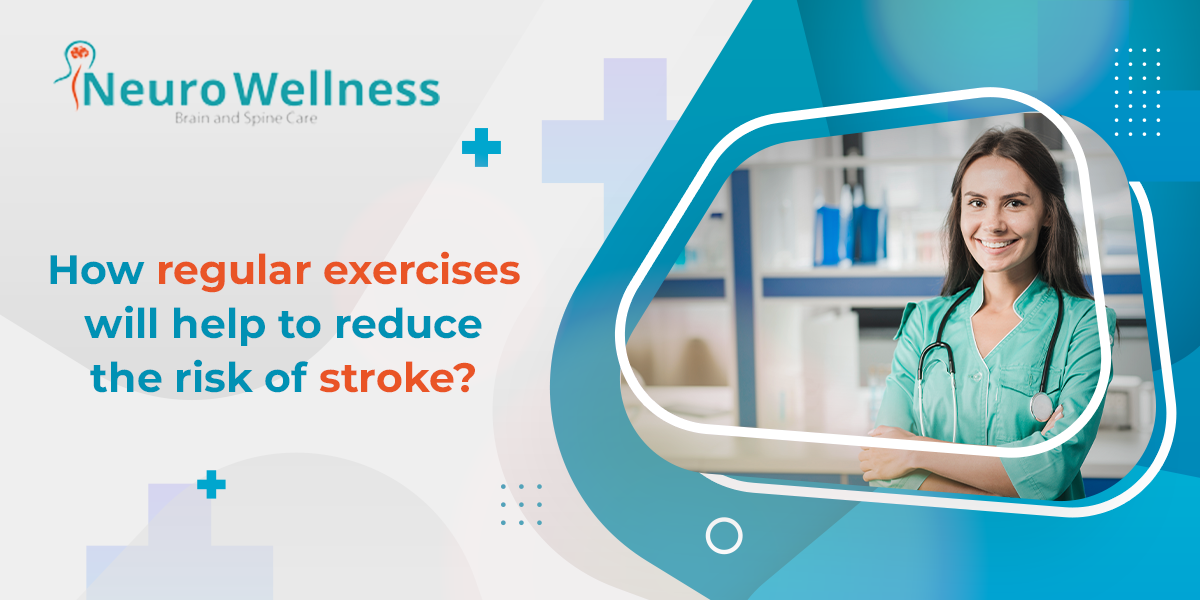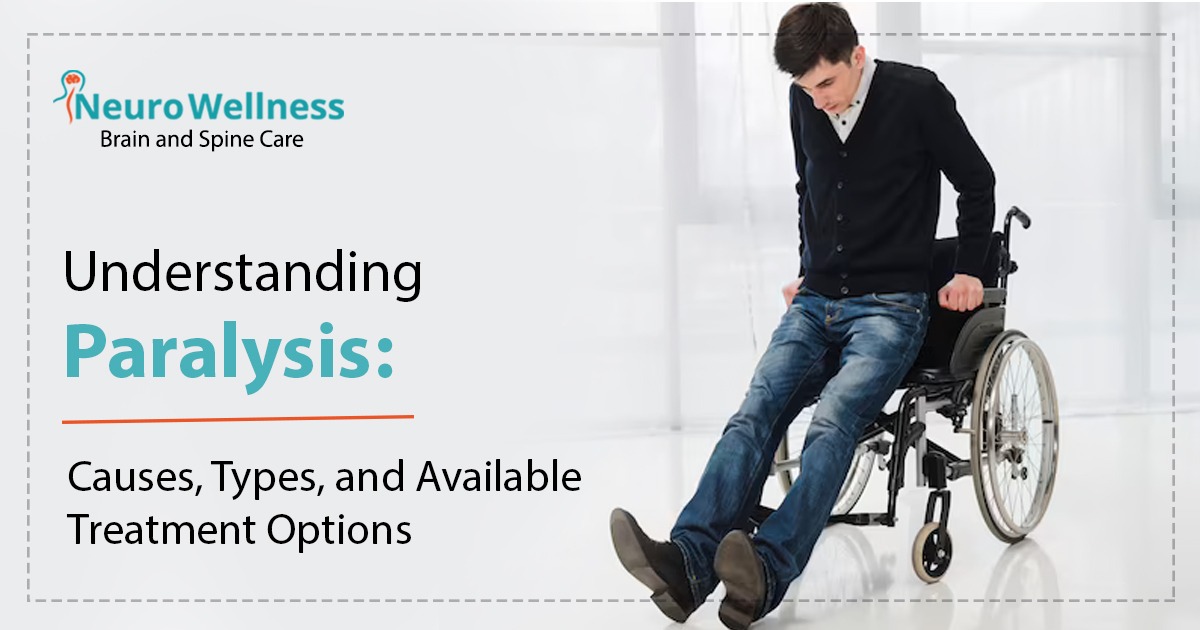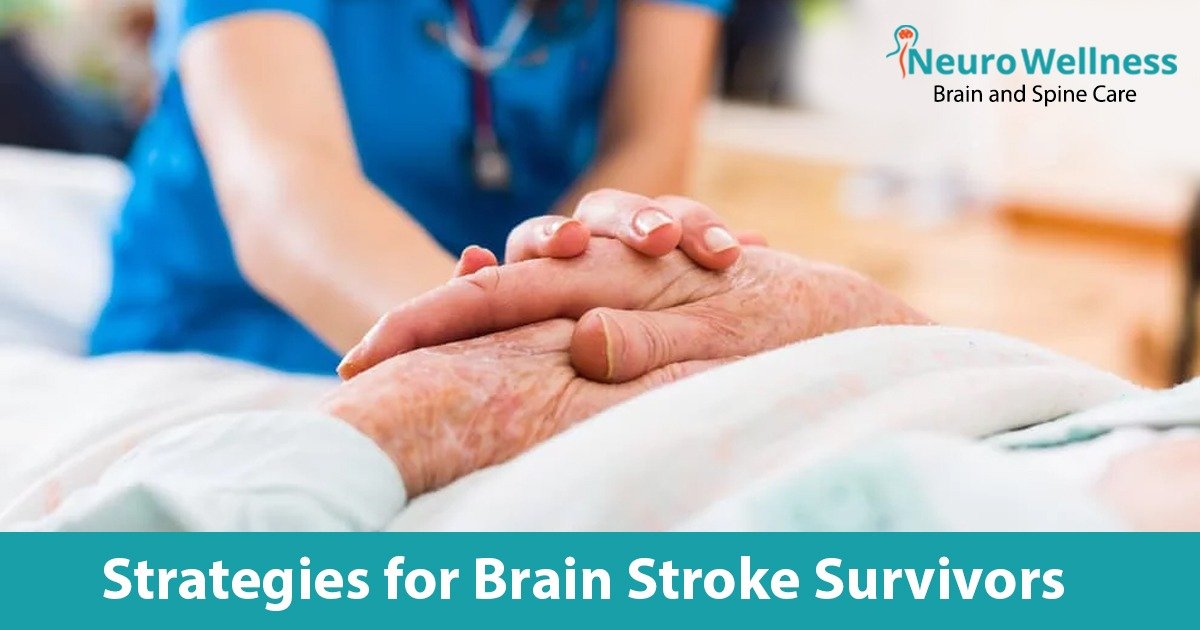When oxygen to the brain is limited, portions of the brain become injured and die off, resulting in a stroke. thinking about how regular exercises will help to reduce the risk of stroke? We can reduce the risk of stroke easily just go through this below content and read further to know.
Strokes can result in long-term paralysis, brain damage, and even death in the most severe cases. The location of the brain injury and how promptly medical treatment is sought to affect the impact and severity of a stroke.
Although strokes can happen for a variety of reasons, there are measures to reduce your risk as much as possible. One of the approaches is to live an active lifestyle.
How regular exercises will help to reduce the risk of stroke?
Exercise on a regular basis is considered to lessen your risk of stroke by as much as 27%. Strokes are caused by two key contributing factors: high blood pressure and obesity. Exercises will help to reduce the risk of stroke by addressing both by maintaining an active lifestyle guarantees that your blood pressure is decreased and that you maintain a healthy weight.
How do regular exercises help in reducing stroke?
• A lack of exercise has been linked to a variety of health issues, one of which is stroke. Exercises will help to reduce the risk of stroke stroke by lowering other risk factors such as high blood pressure and obesity.
• Healthy individuals do at least 40 minutes of moderate to vigorous aerobic activity three to four times per week in their according to study. “Moderate to strong intensity” indicates you should be working hard to breathe and your pulse rate should be up.
• Exercise and physical activity have a well-established evidence foundation for their benefits in decreasing cardiovascular risk factors and exercises will help to reduce the risk of stroke. Observational studies have found an inverse relationship between physical activity and stroke risk, with recent reviews estimating a 25–30% risk reduction for stroke. However, this finding has not been consistently replicated in the literature, with other groups reporting U-shaped associations or no associations at all.
• Patients must maintain regular physical activity in order to sustain the cardiovascular benefits and stroke risk reduction associated with exercise. If a major percentage of the benefit of exercise on lowering stroke risk is mediated through its impact on lowering blood pressure, it is crucial to emphasize that the good effect of blood pressure reduction is reversible when exercise is stopped. New case-control research revealed no indication that sports participation during young adulthood protects against stroke and TIA later in life.
• When compared to age-matched peers, those who have had a stroke have significantly worse physical fitness, and stroke survivors with residual impairment are less likely to exercise consistently. This is understandable given that many stroke survivors have persistent deficits such as diminished mobility, poor balance, and reduced muscular strength, making physical exercise more difficult and a sedentary lifestyle more likely.
• Physical exercises will help to reduce the risk of stroke and is recommended as part of the rehabilitation process in clinical recommendations for stroke care since the evidence shows it can enhance physical fitness and minimize the burden of stroke-induced impairment. Improving independence and overall quality of life can be achieved through reducing disability.
• Exercise may be effective in avoiding stroke for a variety of biological reasons. A variety of risk factors for stroke, including hypertension, dyslipidemia, diabetes, physical inactivity, obesity have been proven to benefit from regular exercise.
• Exercised also improves blood rheology and brain artery endothelial function, as well as increases high-density lipoprotein cholesterol. People who were moderately or extremely active had a decreased risk of stroke and death than those who were inactive. Regular leisure-time physical activity (PA) can lower the risk of stroke in people of all ages and genders.
• Exercise is a type of physical activity that is planned, structured, and repeated with the goal of improving or maintaining physical fitness as a final or intermediate goal and as we know regular exercises will help to reduce the risk of stroke easily.
• Low-intensity exercise, if done on a daily basis, can improve long-term health and reduce the risk of cardiac issues that can lead to stroke. Low-intensity workouts are safer than high-intensity exercises and are advised for persons with various health issues.
• The following are some low-intensity activities:
1.Walking.
2. Gardening and other hard labor
3. Housework.
4. Dancing
How much physical activity do I require?
You should be as active as possible in your daily life — simple things like walking instead of driving, using the stairs instead of the elevator, gardening, and cleaning, etc. these type of regular exercises will help to reduce the risk of stroke
In addition to staying active in general, we should all strive for at least 212 hours of moderate to strenuous activity every week. You may divide this up whatever you choose, but 30 minutes of activity 5 days a week is a smart approach to meet this goal. If you find it difficult to plan half an hour of exercise every day, or 30 minutes of exercise per day.
In short, When it comes to exercise, you should strive to get in roughly 30 minutes of moderate activity five times a week. This does not imply that you must complete 30 minutes in one sitting; instead, you can do it in little chunks throughout the day. The goal should be to engage in moderate-intensity aerobic activity, such as brisk walking or cycling, which will leave you breathless and raise your heart rate. In this era now physical exercises will help to reduce the risk of stroke easily.
Conclusion:
Regular exercise can assist stroke survivors to minimize their chance of having another stroke, lowering their risk of getting dementia, enhancing their rehabilitation, reducing tiredness, and improving their overall well-being. Even if your movement has been hampered by a stroke, there is certainly some activity that will benefit you. We offer the bestBrain Stroke Treatment in Bangalore and our team of doctors at the NeuroWellness brain and spine care center should be able to assist you in finding appropriate activity
FAQs
1. Can walking reduce stroke risk?
Yes. Regular brisk walking improves circulation, lowers blood pressure, and reduces the risk of stroke significantly.
2. How much exercise is enough to prevent stroke?
At least 30 minutes of moderate exercise, 5 days a week, is recommended to lower stroke risk.
3. Which exercises are best for stroke prevention?
Aerobic activities like walking, swimming, and cycling, along with yoga and stretching, are most effective for stroke prevention.






